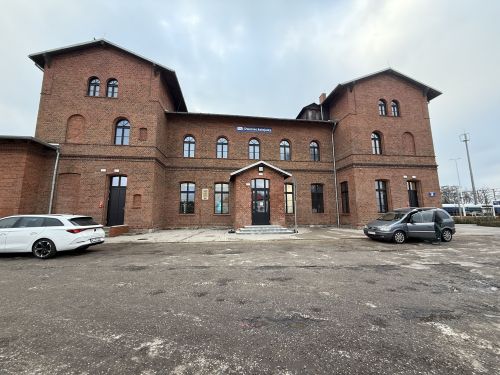The interpretation of global macroeconomic data could give rise to difficulties. Good figures encourage positive forecasts, but they could mean that the central banks will turn off the money taps by putting up interest rates. Weaker data postpone such a prospect, but are evidence of deteriorating company results, which leads to an increase in the unemployment rate and falling demand for goods and services. This is the brain-teaser investors have had to puzzle over recently while browsing through the data from the largest economies in the world. Because the macro data, from the US and Europe alike, has turned out to be worse than expected, but this has also brought with the hope that there will be a lack of reaction from the central banks. And this is the factor investors have been focused on for the last few quarters, even though such occurrences have been periodically disrupted by political events, such as Brexit or the US presidential campaign. When the condition of the economy remai






























































